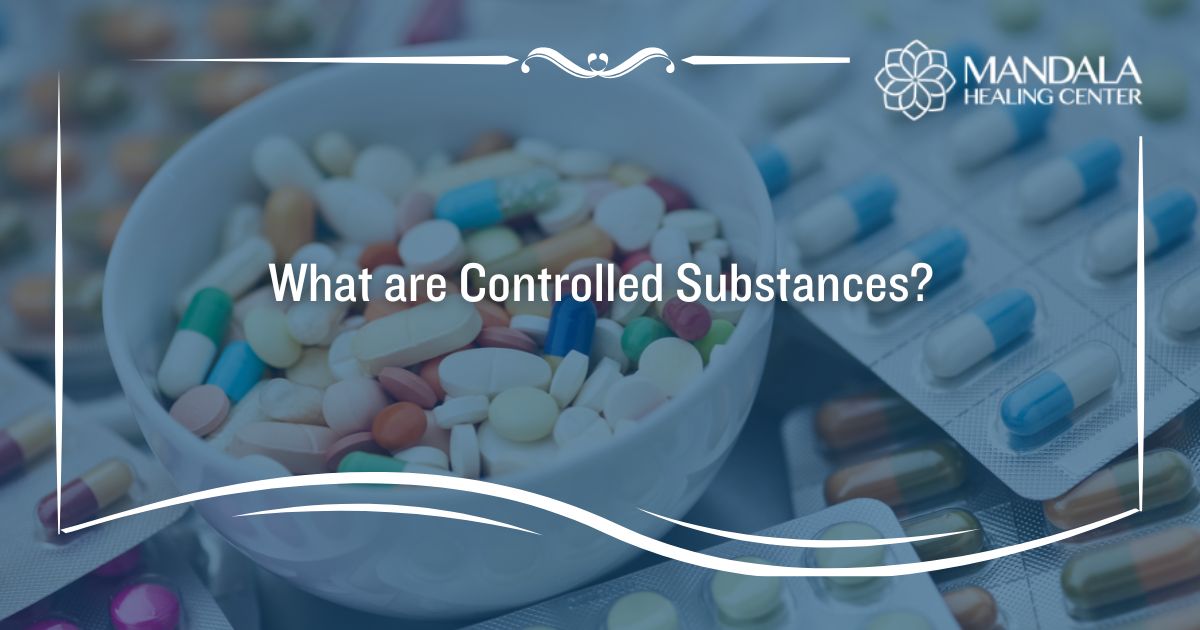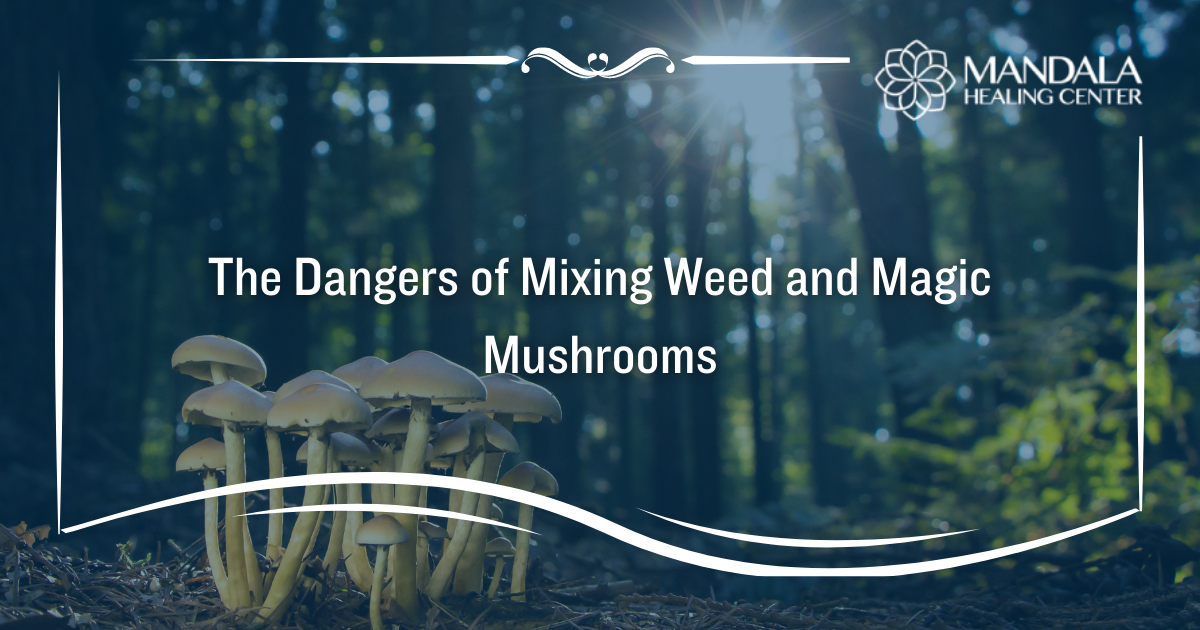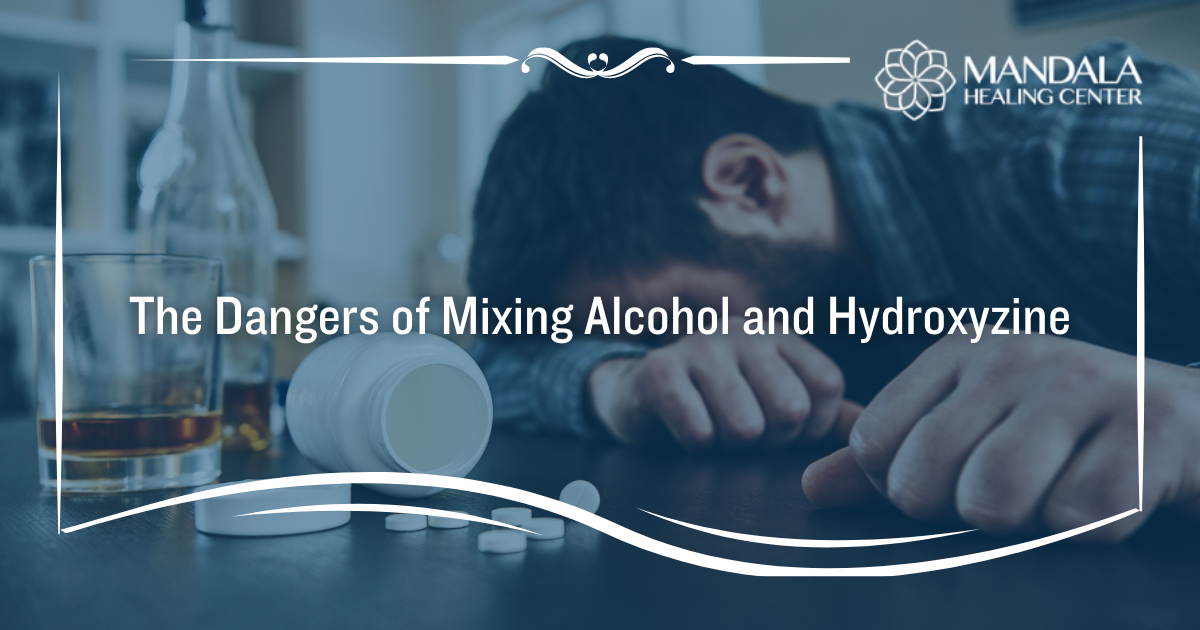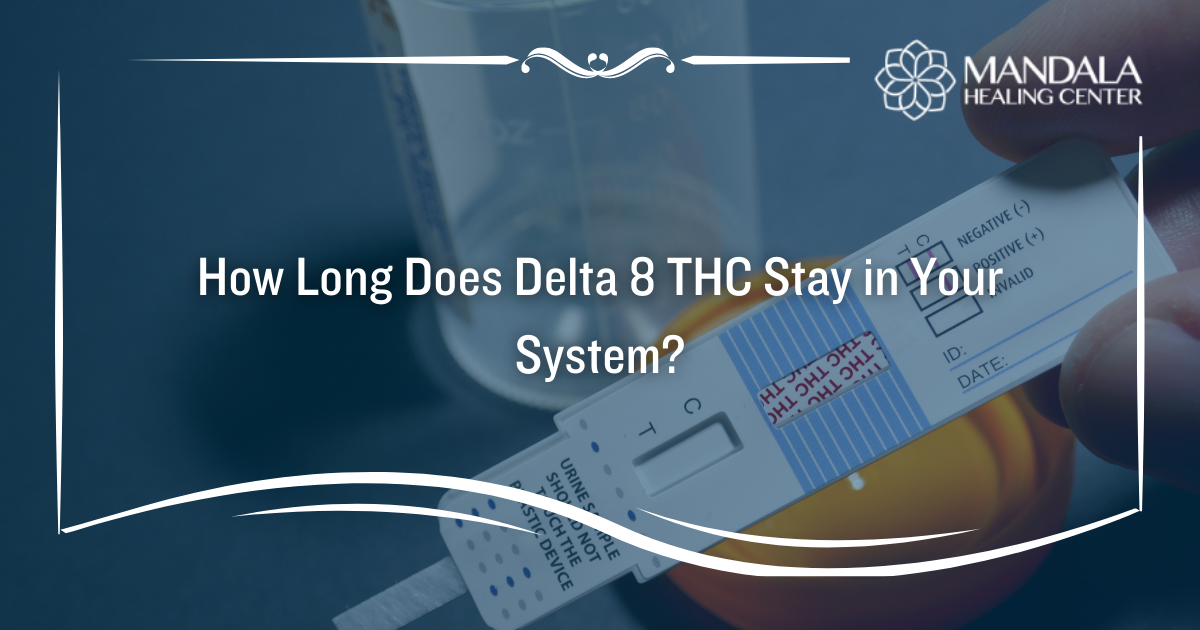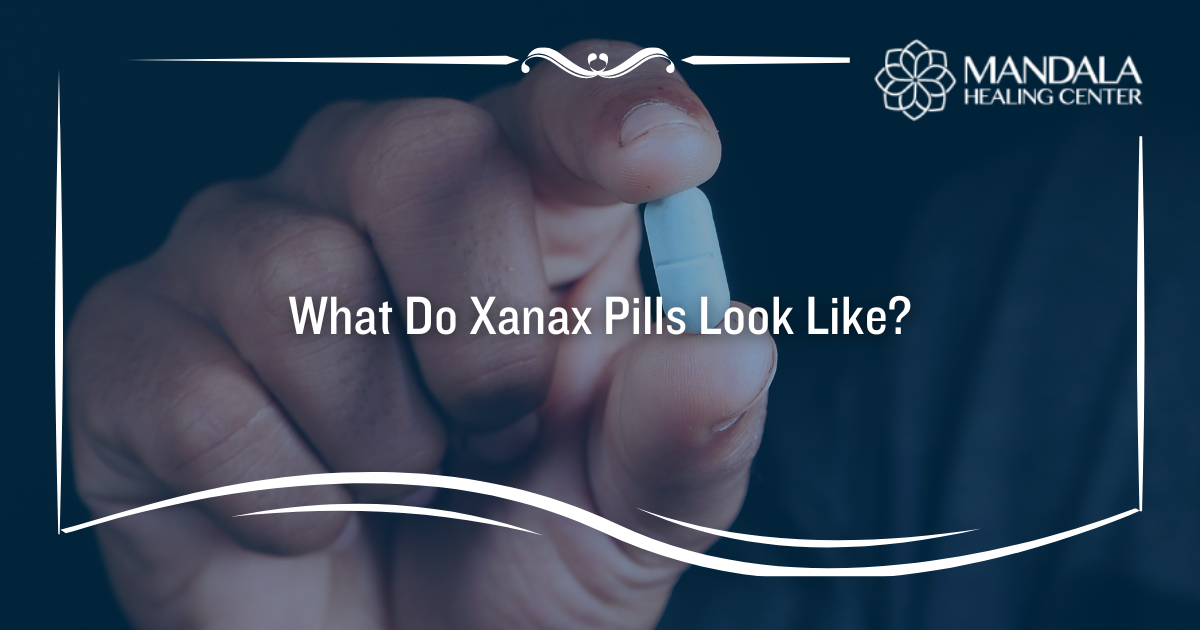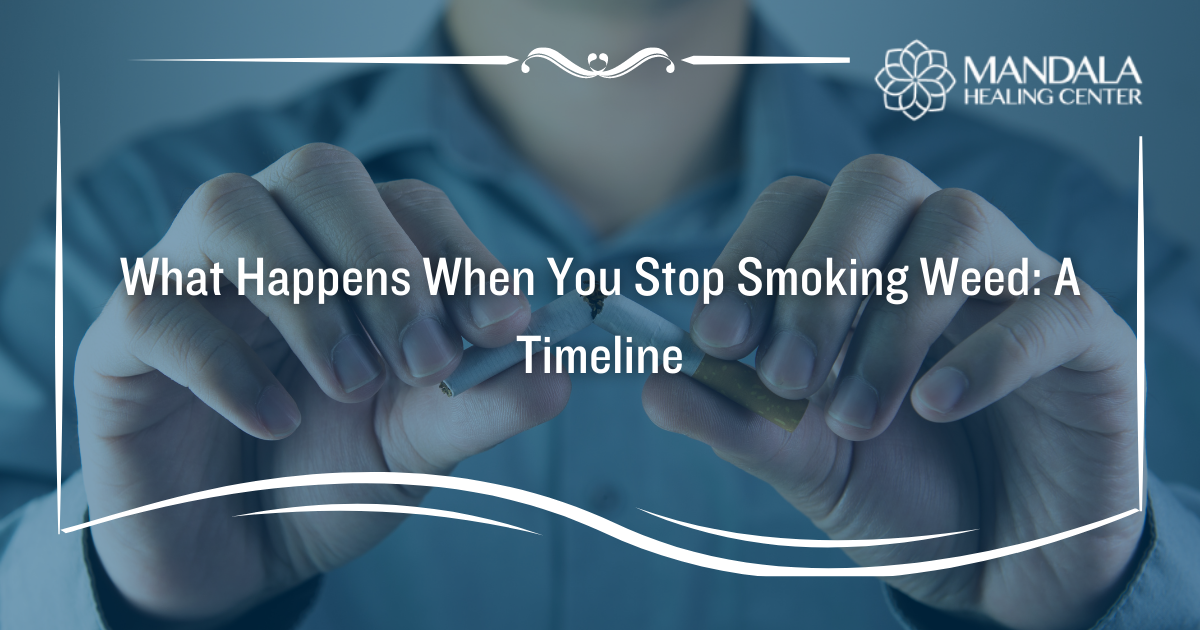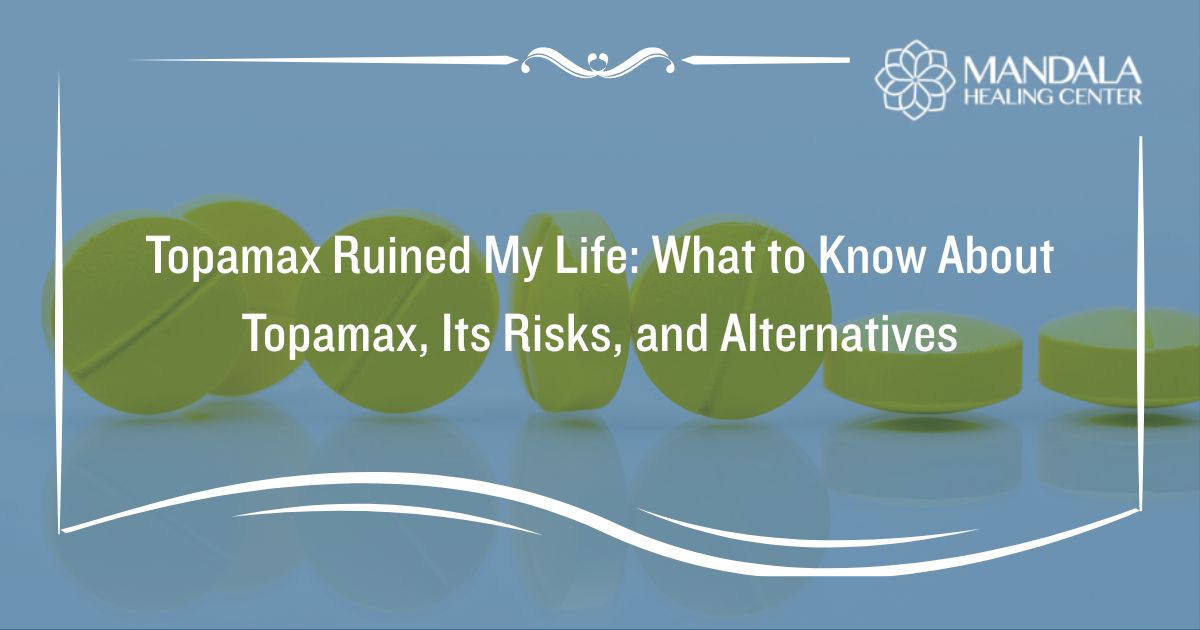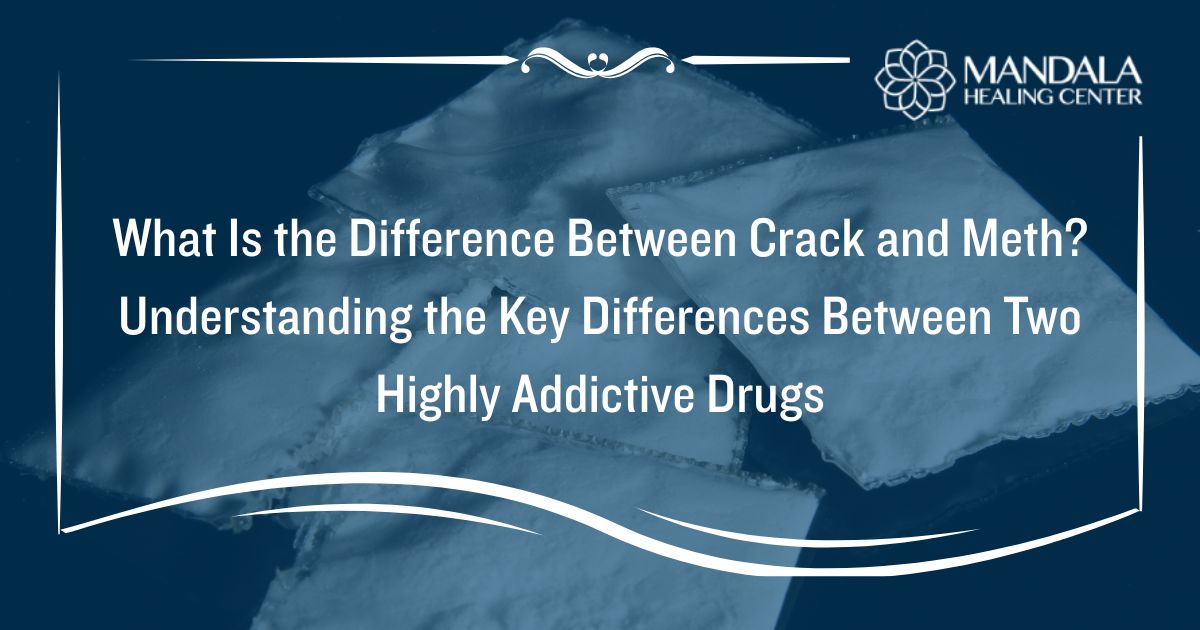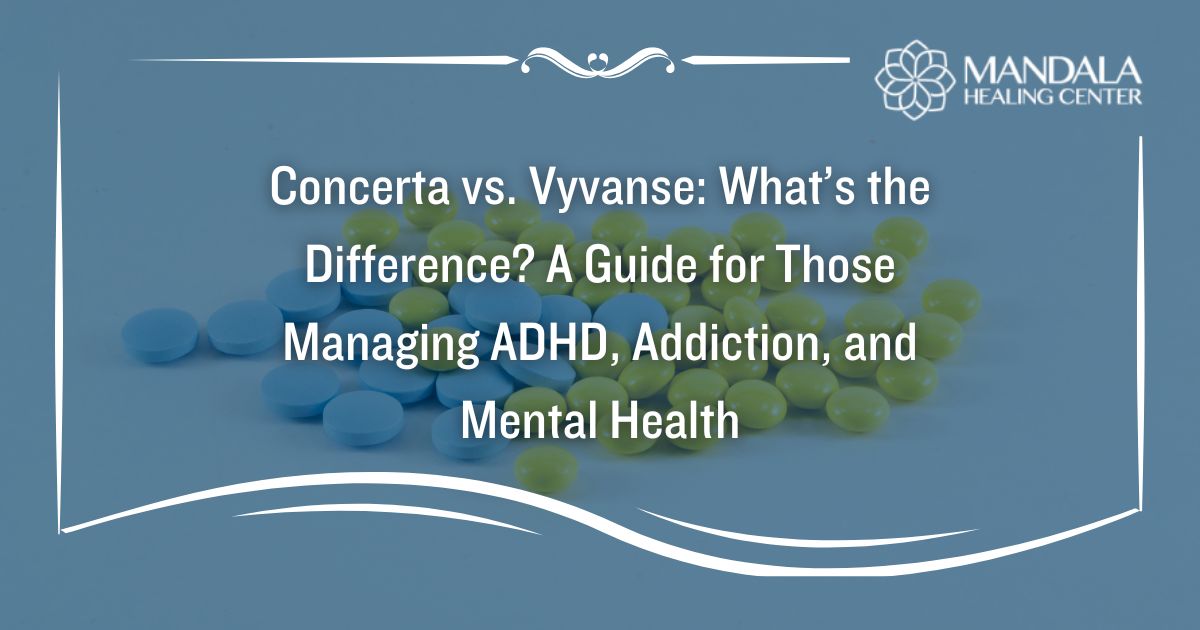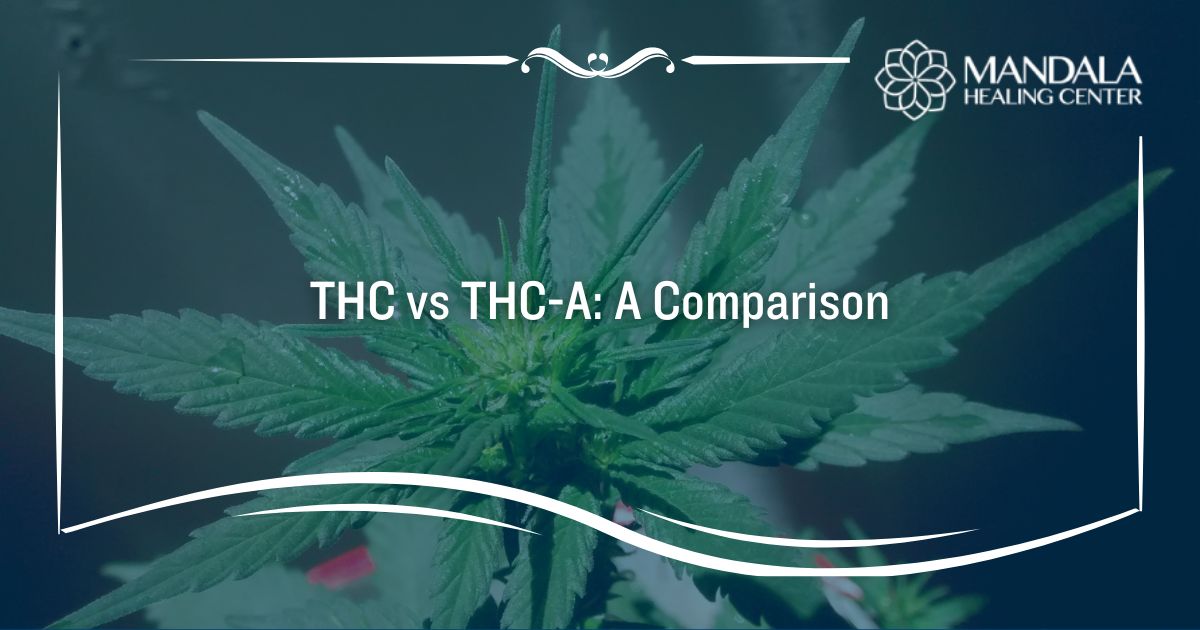Drug abuse is a common problem in the United States. According to the Substance Abuse and Mental Health Services Administration (SAMHSA), 48.7 million people struggled with a substance use disorder in 2022.[1]
Because of the prevalence of substance abuse, the government has taken steps to limit the use of certain drugs. This is how the Controlled Substances Act was born. There are 5 different schedules of controlled substances, with each one having a different level of risk and repercussions for obtaining them.
Schedule I drugs are considered to have a high potential for abuse and have no medicinal uses. On the other hand, Schedule V drugs have the lowest potential for abuse and are used medicinally.
In this article, you will learn:
- What the term “controlled substance” means
- Examples of controlled substances
- How to tell if you are suffering from addiction
What is a Controlled Substance?
Drugs and certain chemicals used to create substances have been classified into 5 different categories based on their legality, accepted medical uses, and risk of psychological or physical dependency. The abuse rate for a given substance is considered when deciding what schedule it should be placed in. Schedule I drugs are deemed to have the highest risks, while Schedule V have lower rates of misuse and more acceptable medicinal uses.
According to the Drug Enforcement Administration (DEA), “The Controlled Substances Act (CSA) places all substances which were in some manner regulated under existing federal law into one of five schedules. This placement is based upon the substance’s medical use, potential for abuse, and safety or dependence liability.”[2]
Any of the controlled substances, whether they are Schedule I or V, can lead to addiction when abused. If you or a loved one suffers from substance abuse, you should seek help from a professional rehab program like the Mandala Healing Center. We offer evidence-based and individualized treatment approaches to ensure our clients receive the highest care possible.
Examples of Controlled Substances
Understanding what the Controlled Substances Act is requires you to know which drugs belong to specific scheduling. The drugs with the highest risk of abuse and addiction are Schedule I drugs. From there, the risk of abuse and addiction lowers with each schedule.
Schedule I
Schedule I drugs are defined as substances with no accepted medical uses in the United States. They also pose the highest risk of abuse and can lead to severe psychological and physical dependence.
These drugs include heroin, lysergic acid diethylamide (LSD), marijuana, ecstasy, methaqualone, and peyote.
Schedule II
Schedule II drugs still carry a high risk of abuse and addiction, however, they have some medicinal uses. This means that they are prescribed carefully and heavily regulated by the government. If you have a Schedule II drug in your possession without a prescription, you could experience legal repercussions.
Examples of schedule II drugs include cocaine, methamphetamine, methadone, hydromorphone (Dilaudid), meperidine (Demerol), oxycodone (Oxycontin), fentanyl, Dexedrine, Adderall, and Ritalin.
Schedule III
Schedule III drugs have a moderate to low potential for abuse and have a variety of medicinal uses. While they are offered by prescription, abusing them could still lead to addiction and long-term health concerns.
These drugs include codeine, ketamine, anabolic steroids, and testosterone.
Schedule IV
Schedule IV drugs have a low potential for abuse and accepted medicinal uses. Even though the potential for abuse is low, repeated consumption can lead to addiction.
Examples of Schedule IV drugs include Valium, Xanax, Ativan, Ambien, Tramadol, Soma, Darvocet, and more.
Schedule V
Schedule V drugs are defined as substances with a lower potential for abuse and dependence. They have accepted medicinal uses in the United States. It is important to note that you can experience addiction if you abuse them routinely.
These drugs include medications containing less than 200 milligrams of codeine per 100 milliliters, Lomotil, Motofen, Lyrica, and Parepectolin.
What are the Signs of Drug Addiction?
If you have been abusing a controlled substance, you might be wondering whether you are struggling with an addiction.
The main signs of drug addiction include:[3]
- Using a drug in a manner other than prescribed
- Having a hard time controlling how often or how much of a substance you use
- Wanting to quit or cut back on substance use but being unsuccessful
- Experiencing urges and cravings to abuse a specific substance
- Losing interest in previously enjoyed activities that do not include substance abuse
- Failing to meet responsibilities at home, school, or work because of drug use
- Continuing to use a drug despite facing physical or mental health issues as a direct result
- Needing to increase your dose of a drug to experience the desired effect
- Dealing with withdrawal symptoms when you stop using a drug
If you experience at least two of the symptoms of addiction, you should seek help from a professional drug rehab program like the Mandala Healing Center.
Get Connected to a Drug and Alcohol Rehab Center
If you or a loved one struggles with drug or alcohol abuse, it’s time to seek professional help. At the Mandala Healing Center, we can provide the tools and support you need to recover.
Contact us today for more information on how to begin your journey of recovery.
References:
- The Substance Abuse and Mental Health Services Administration (SAMHSA): HHS, SAMHSA Release 2022 National Survey on Drug Use and Health Data
- The Drug Enforcement Administration (DEA): The Controlled Substances Act
- The National Library of Medicine (NLM): DSM-IV-TR Criteria for Substance Abuse and Substance Dependence


